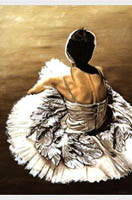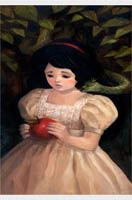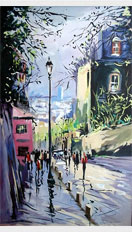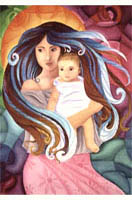THE TURKISH WARS:
The Turkish Wars generally refer to the military conflicts between the Ottoman Empire and various European powers that spanned several centuries, from the late 15th century through the 17th century. The wars are most prominent in Eastern Europe, the Balkans, and the Mediterranean.
ALLEGORY OF THE TURKISH WARS:
The Allegory of the Turkish Wars was indeed painted by Hans von Aachen, a German artist. This work was created around 1598-1600 and depicts the conflict between the Holy Roman Empire and the Ottoman Empire, using allegorical figures to represent the triumph of Christian forces over the Turks.
Hans von Aachen's painting reflects the political and military tensions of the time and demonstrates his skill in combining Northern Renaissance and Baroque elements. Hans Von Aachen paintings are generally based on historical and religious subjects, genre pictures and allegories.
EXISTENCE OF THE WAR:
The painting was created during the reign of Emperor Rudolf II, who ruled the Holy Roman Empire from 1576-1612. This period was marked by significant conflict with the Ottoman Empire.
Von Aachen’s work combines both Northern Renaissance and early Baroque styles, featuring dramatic compositions and intricate detail.
The painting likely served as both a political statement and a form of propaganda, designed to encourage European unity against a common enemy.
The Battle of Brasov happened on July 17 between Wallachia and Transylvanian with Habsburg Empire on one side and Mozes Szekely on the other side. The Wallachian lord Radu Serban became the ruler of Transylvanian and Mozes Szekely was killed in the battlefield. His work include the following
ALLEGORY OF THE TURKISH WAR
THE PROCURESS
TWO LAUGHING MEN
ABOUT THE AUTHOR:
https://www.reviewpainting.com/Hans-von-Bartels.htm



-small.jpg)





